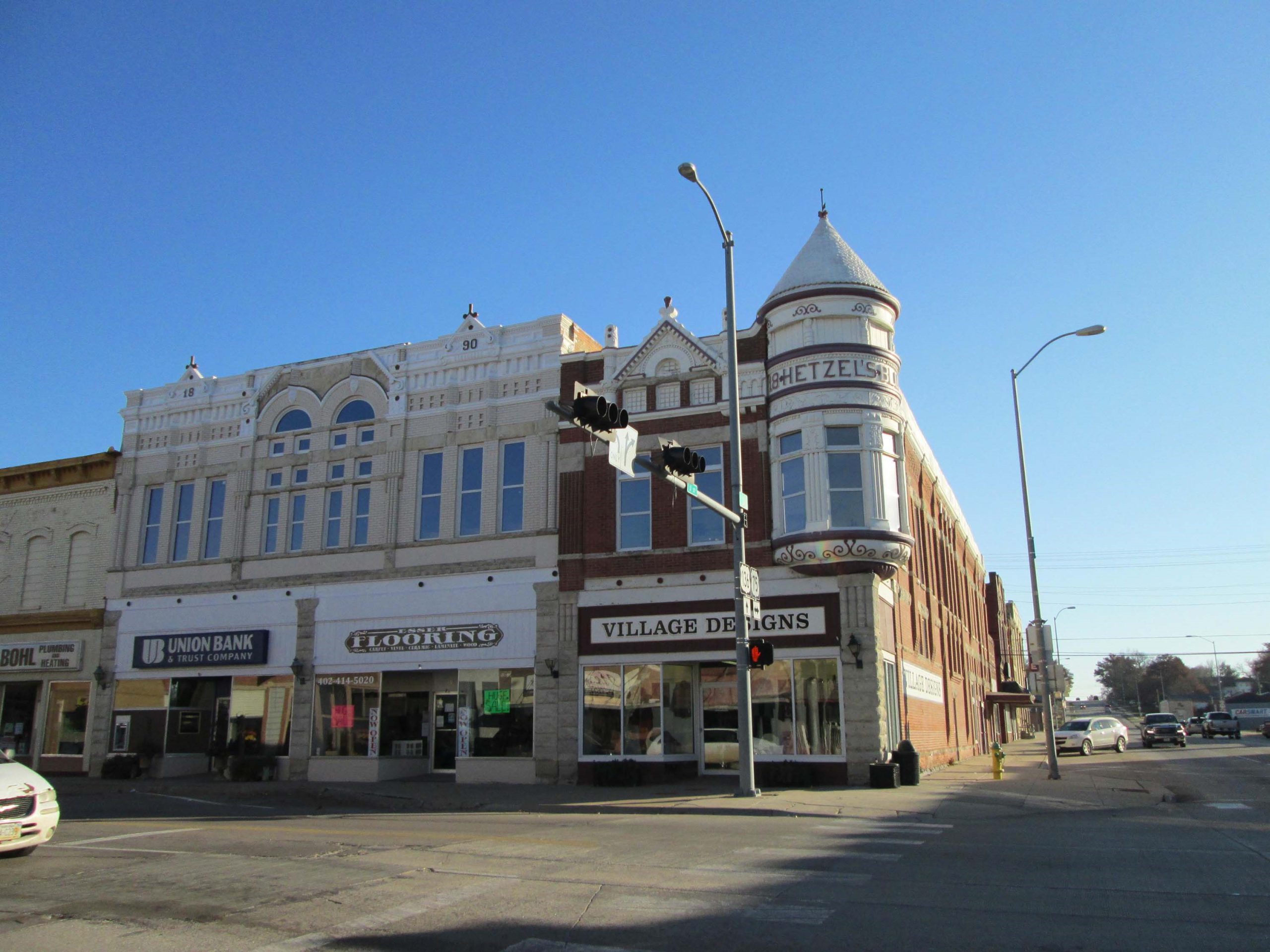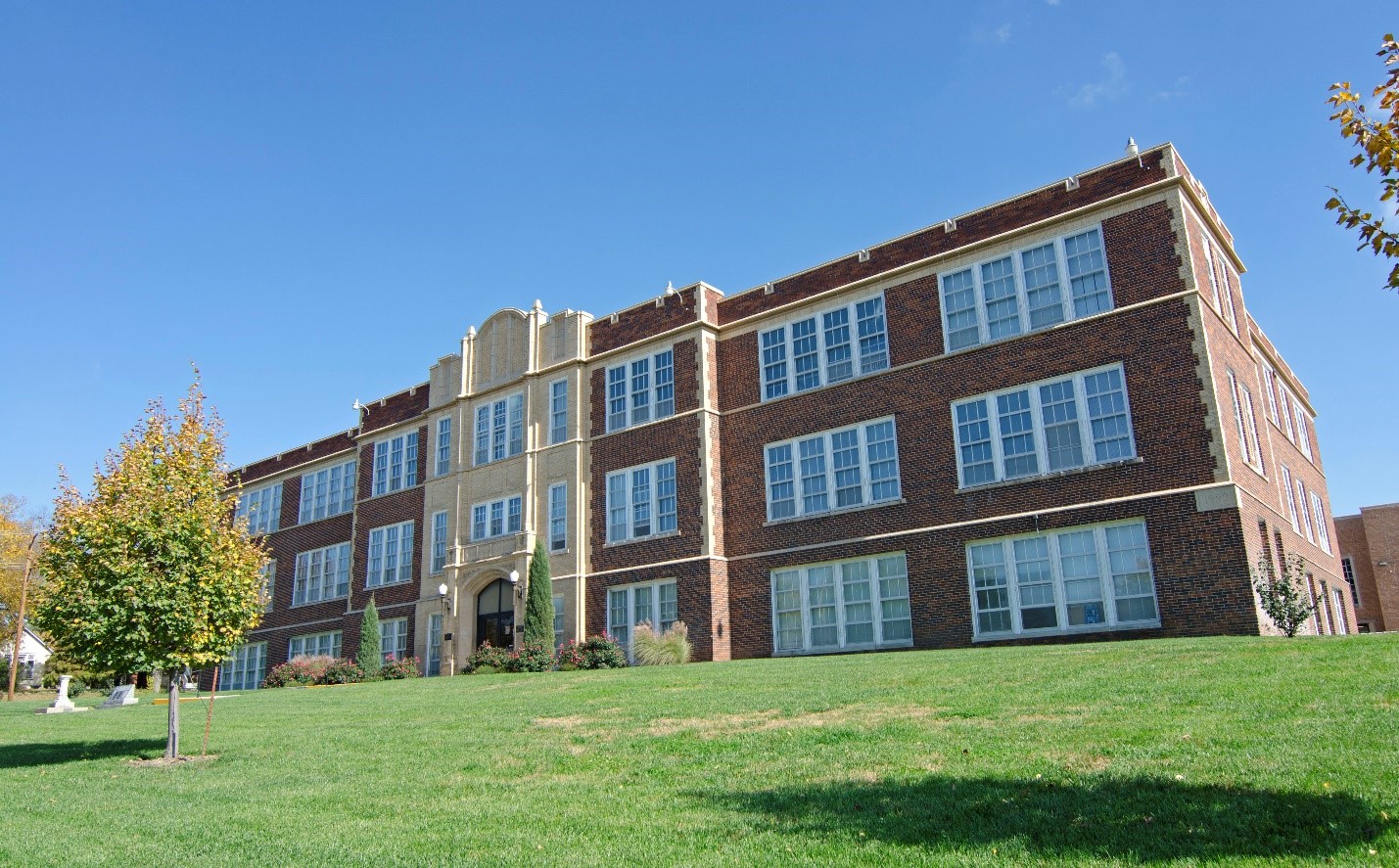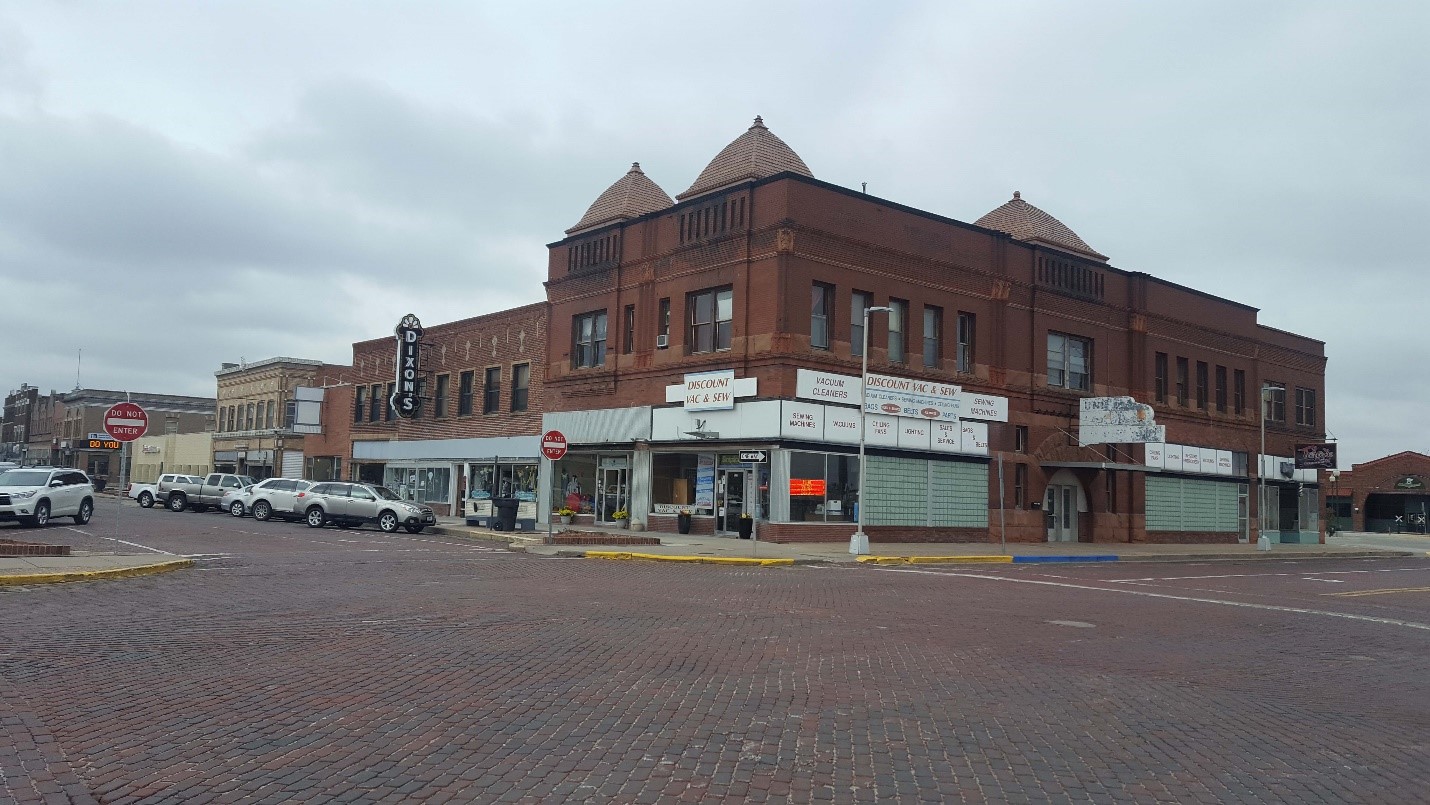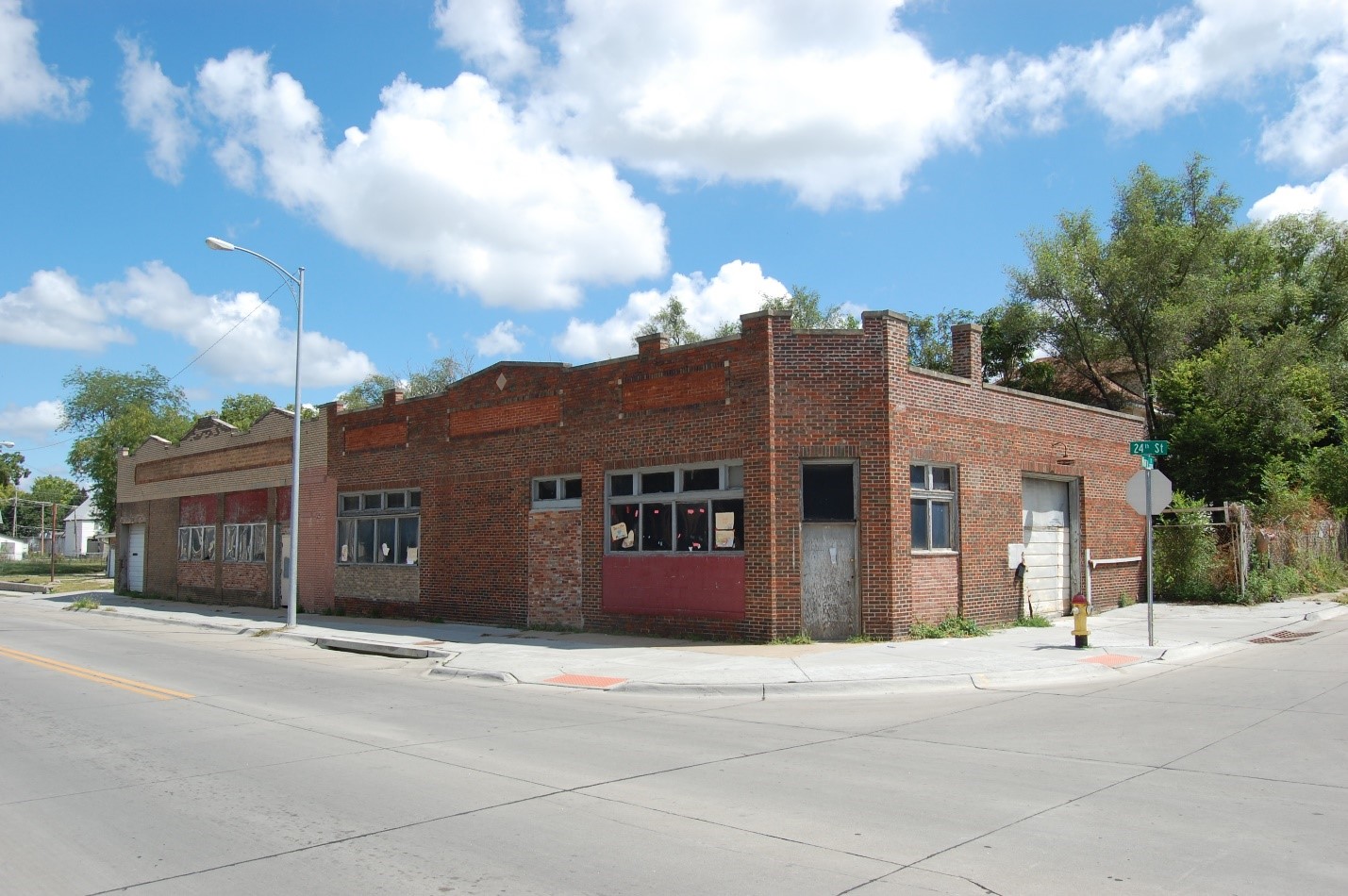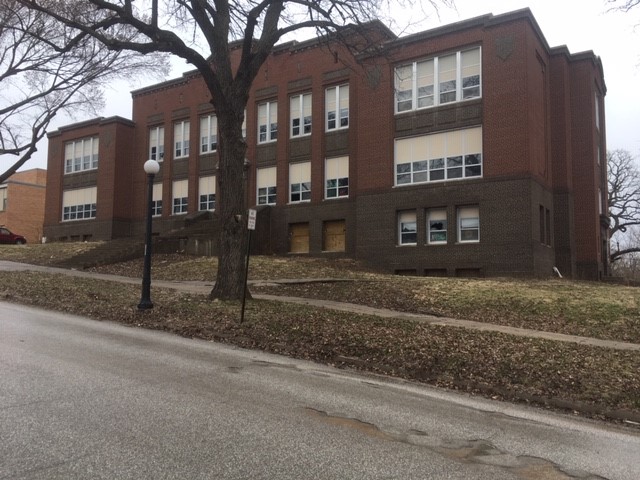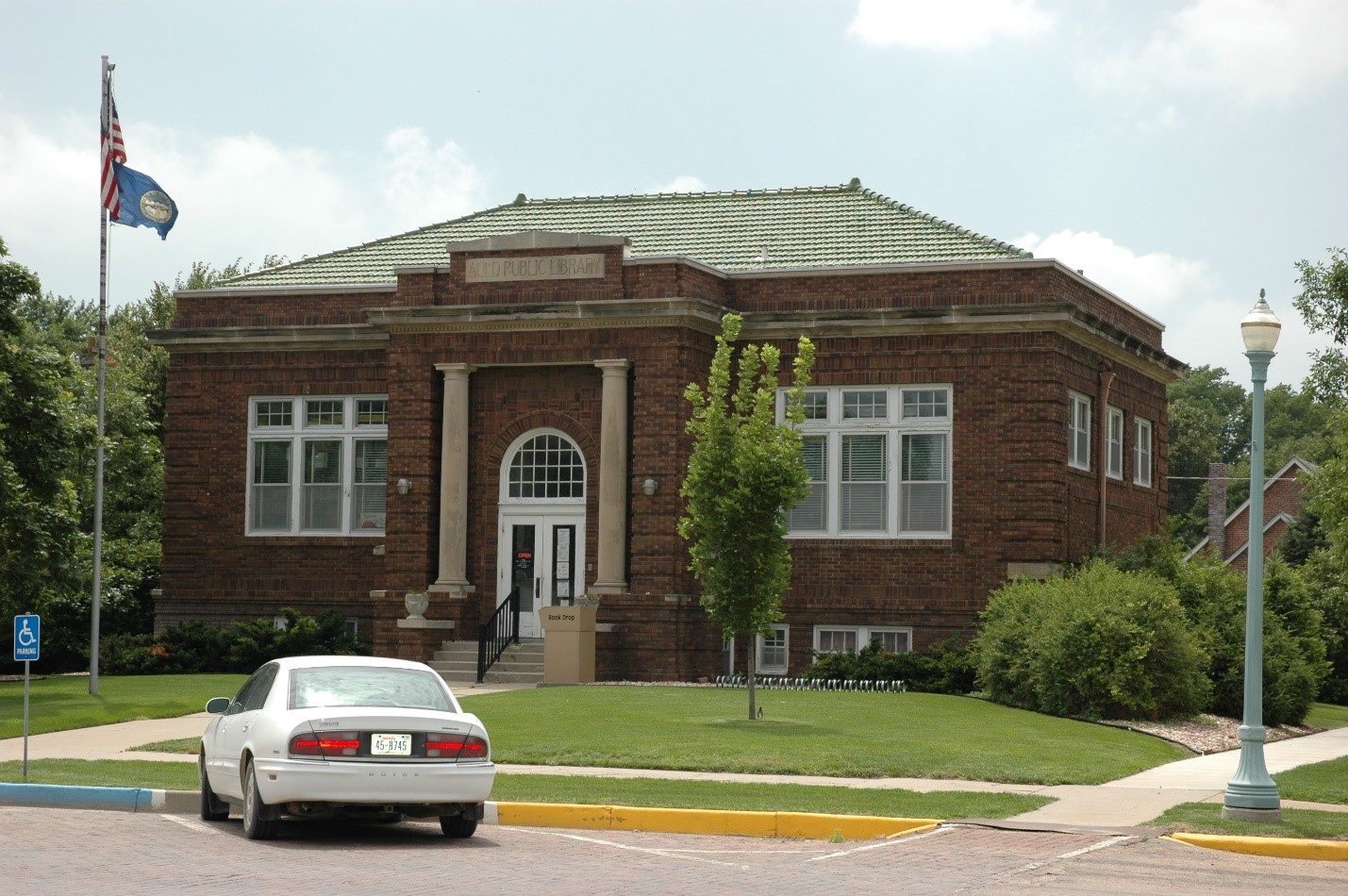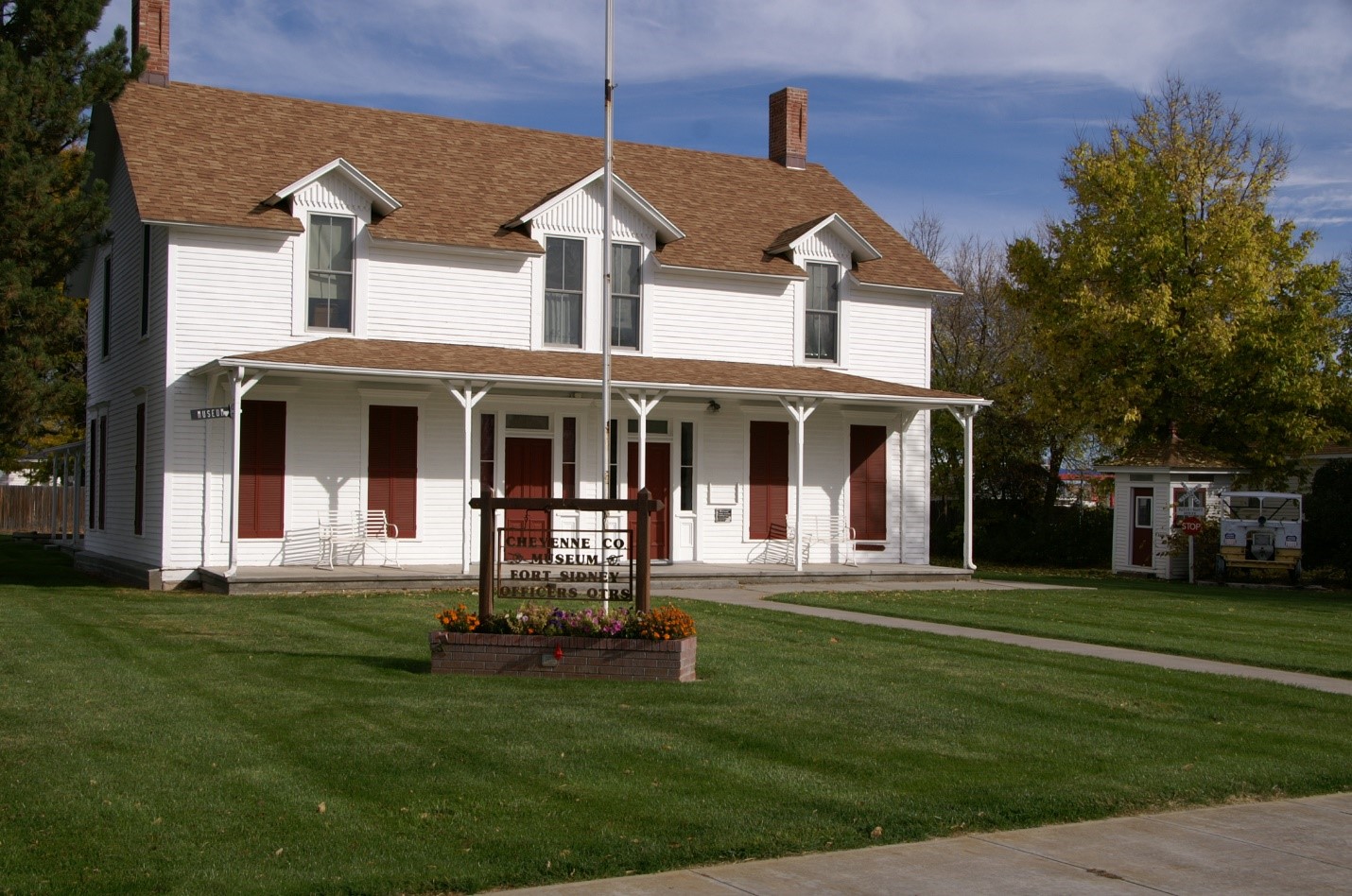Every community has important historical resources and an irreplaceable historic character. Communities that participate in the Certified Local Government Program have demonstrated a commitment to preserving those resources for future generations.
We have eight CLGs in Nebraska. See where they are and what they’ve done to preserve their unique historical resources
For more information about the Certified Local Government program, contact Kelli Bacon, Certified Local Government coordinator, at [email protected] or 402-471-4766.
The Certified Local Government (CLG) program is a partnership between Federal, State, and Local governments that seeks to preserve historical resources and irreplaceable historic character in communities around the country for future generations. In Nebraska, the program is jointly administered through the National Parks Service and History Nebraska’s State Historic Preservation Office (SHPO).
In order to qualify as a CLG, a city or county must take certain steps and go through a certification process. After the process is complete doors to funding, technical assistance, and other preservation successes are opened.
There are currently eight Nebraska CLGs. Here’s a primer on their background and accomplishments.
New Opera House, part of Auburn’s local landmark district and listed on the National Register of Historic Places in 1988.
Auburn
Certified: May 24, 2013
Auburn has designated its downtown commercial area and courthouse square as a Local Landmark district. Using their status as a CLG, Auburn has made use of sub-grant funds to:
-
- Put together a walking tour of their historic district
-
- Provide important preservation information for property owners
-
- Increase awareness of community historic resources
-
- Support the rehabilitation of the former Opera House
Fairbury
Certified: May 20, 2014
Fairbury is Nebraska’s newest CLG, but they’ve already designated their downtown commercial area a Local Landmark district. There are currently seven Fairbury listings on the National Register of Historic Places and residents are currently working with History Nebraska to add the John C. Kesterson House.
Lincoln
Certified: September 17, 1985
From the newest CLG to the second oldest, Nebraska’s capital is a veteran among the state’s CLGs. Lincoln actively locally landmarks individual historic resources and districts, including commercial buildings, railroad depots, religious buildings, and residential properties. Using their status as a CLG, Lincoln has made use of sub-grant funds to:
-
- Be a statewide leader in offering historic preservation public education opportunities
-
- Write National Register of Historic Places nominations
-
- Develop a GIS story map to highlight the city’s historic resources
-
- Survey for potential historic resources
-
- Promote using tax incentives to rehabilitate historic properties
North Platte
Certified: January 25, 2008
Like many of its fellow CLGs, North Platte has designated its downtown commercial area as a Local Landmark district. Using its status as a CLG, North Platte has made use of sub-grant funds to:
-
- Give a walking tour of their downtown Local Landmark district
-
- Create a preservation handbook for city use and for owners of historic properties
-
- Put together a National Register of Historic Places district nomination for their downtown
Omaha
Certified: September 11, 1985
Certified just days before Lincoln, Omaha is the oldest CLG in Nebraska. The city locally landmarks both individual historic resources and districts, some of which are commercial buildings, industrial buildings, railroad depots, religious buildings, and residential properties. Using its status as a CLG, Omaha has made use of sub-grant funds to:
-
- Lead the way among Nebraska communities in surveying areas for potential historic resources
-
- Write National Register of Historic Places nominations
-
- Develop a GIS story map to highlight the city’s historic resources
-
- Promote using tax incentives to rehabilitate historic properties
Plattsmouth
Certified: September 22, 2005
Plattsmouth has worked to preserve its history by designating historic commercial and residential properties as local landmarks. Using its status as a CLG, Plattsmouth has made use of sub-grant funds to:
-
- Write National Register of Historic Places nominations
-
- Survey several areas for potential historic resources
-
- Begin development on an app for its historic resources
Red Cloud
Certified: September 28, 1999
Red Cloud is Nebraska’s third oldest CLG and the smallest by population. However, the size of a CLG makes no difference, because the program is designed to help communities of all sizes preserve their history. Red Cloud has locally landmarked commercial, religious, and residential properties. Using it status as a CLG, it has made use of sub-grant funds to:
-
- Provide walking and driving tours of their historic properties
-
- Develop a historic preservation plan for the city and residents
For more information about the Certified Local Government program, contact Kelli Bacon, Certified Local Government coordinator, at [email protected] or 402-471-4766.
Sidney
Certified: March 24, 2006
Sidney has designated its commercial downtown as a Local Landmark district, and has used sub-grant funds to:
-
- Survey parts of the community for potentially historic resources
-
- Develop a walking tour of the city’s historic resources
-
- Develop a historic preservation plan to help the city with historic preservation priorities.
City designated their commercial downtown as a Local Landmark district.
projects using sub-grant funding only available to CLGs: surveyed parts of the community for potentially historic resources, developed a walking tour of historic resources, and developed a historic preservation plan to help the City with historic preservation priorities

